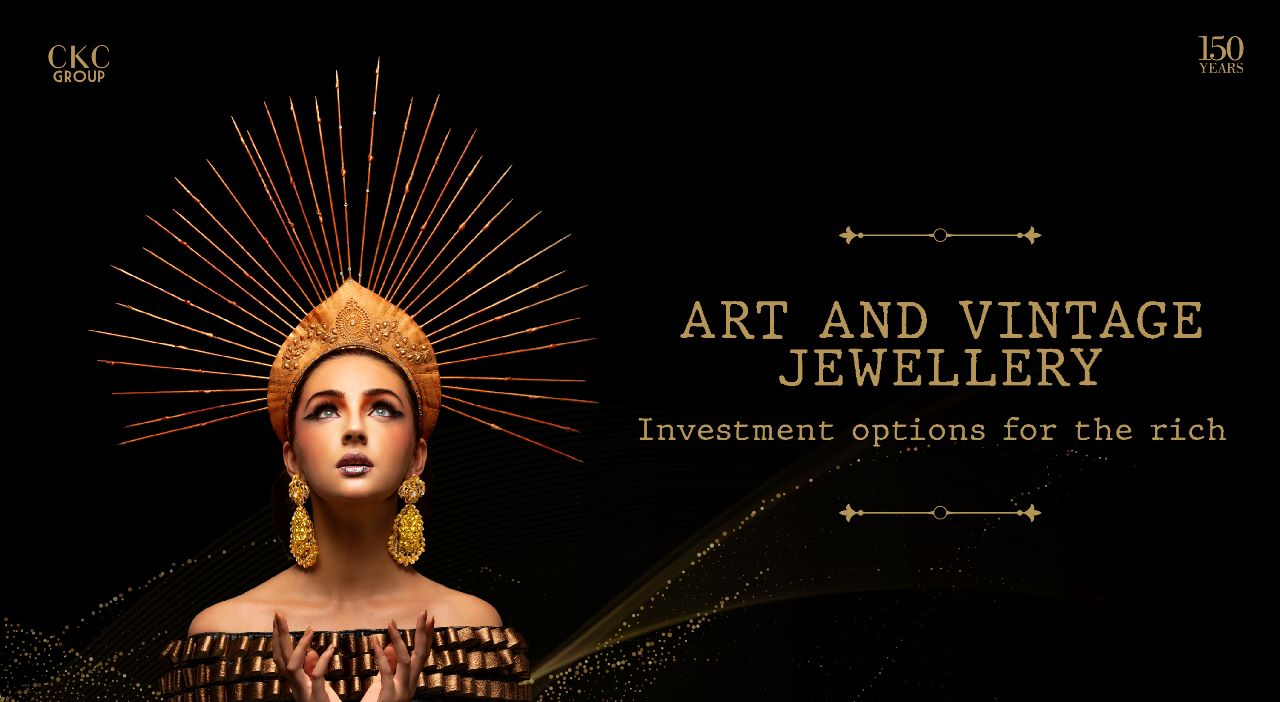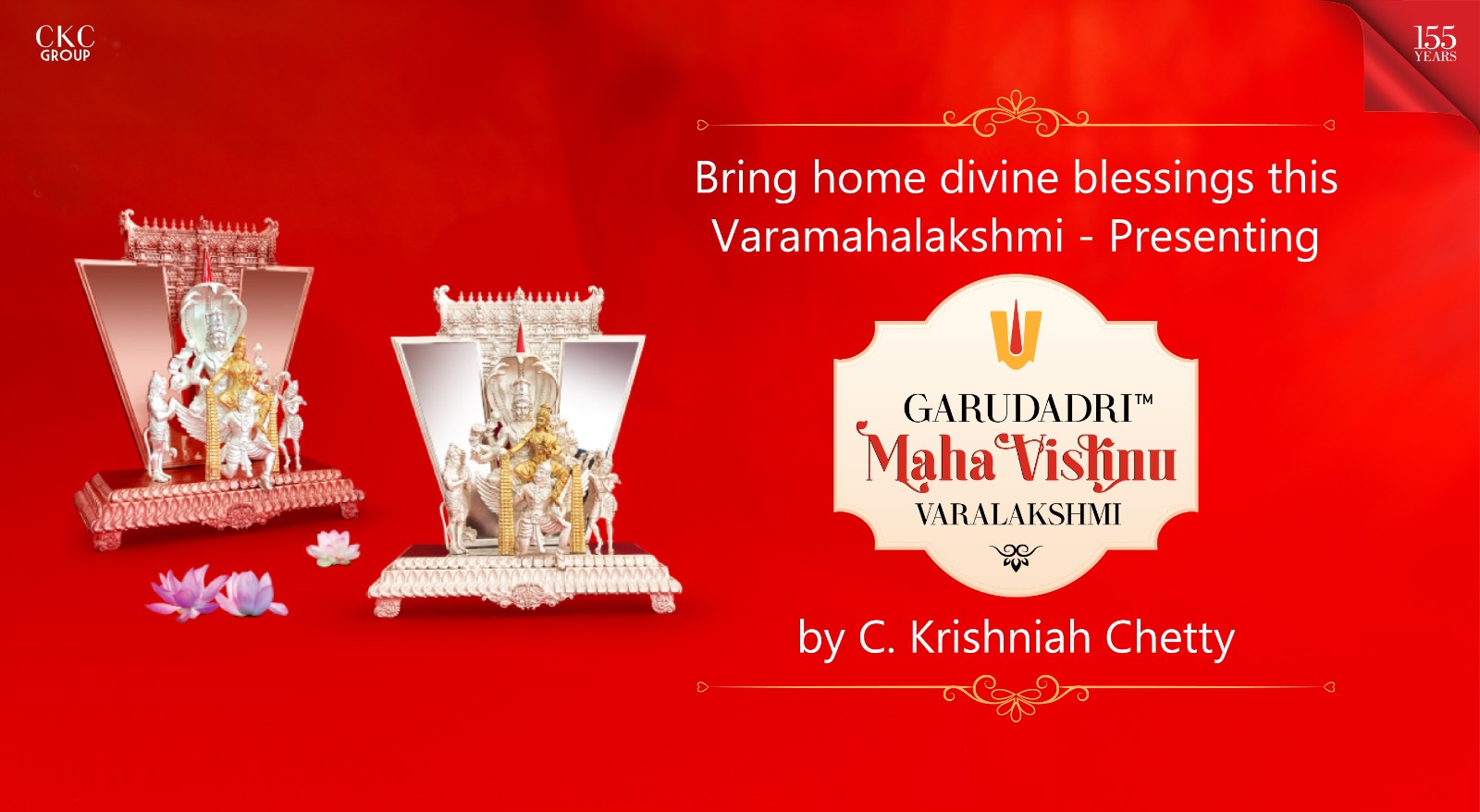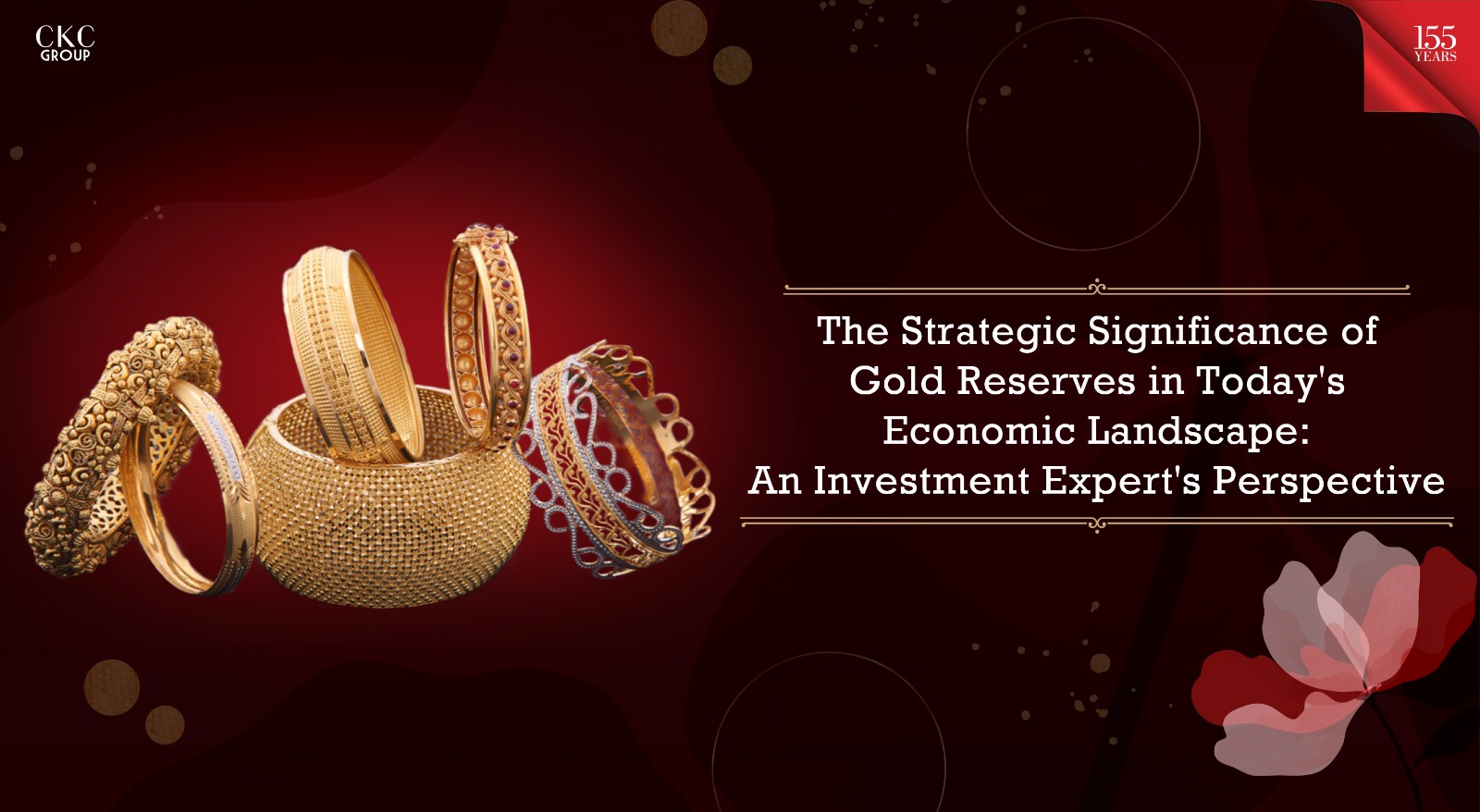Art and Vintage Jewellery – Investment Options for the Rich
When it comes to attractive investment options, most people think of real estate and jewellery. A few with aptitude and inclination would perhaps think of the stock markets. But art, artefacts and rare jewellery? You would have often heard of these as options popular in the west but will be surprised to know the number of Indians seriously investing in this space. Blame the pandemic, the internet or exposure to global economies and markets, but super-rich Indians are acquiring art, rare jewellery, and other artefacts.
The famous auction house Sotheby’s guests recently looked at a few masterpieces by S.H. Raza and M.F. Husain. The opening bids began from US$150,000-$540,000 (Rs. 1.5 – 4.21 crore) during the company’s London auction, scheduled for October 2022. Away from this, beautiful artworks by famous Japanese artist Takashi Murakami are being auctioned by Pundole Art Gallery.
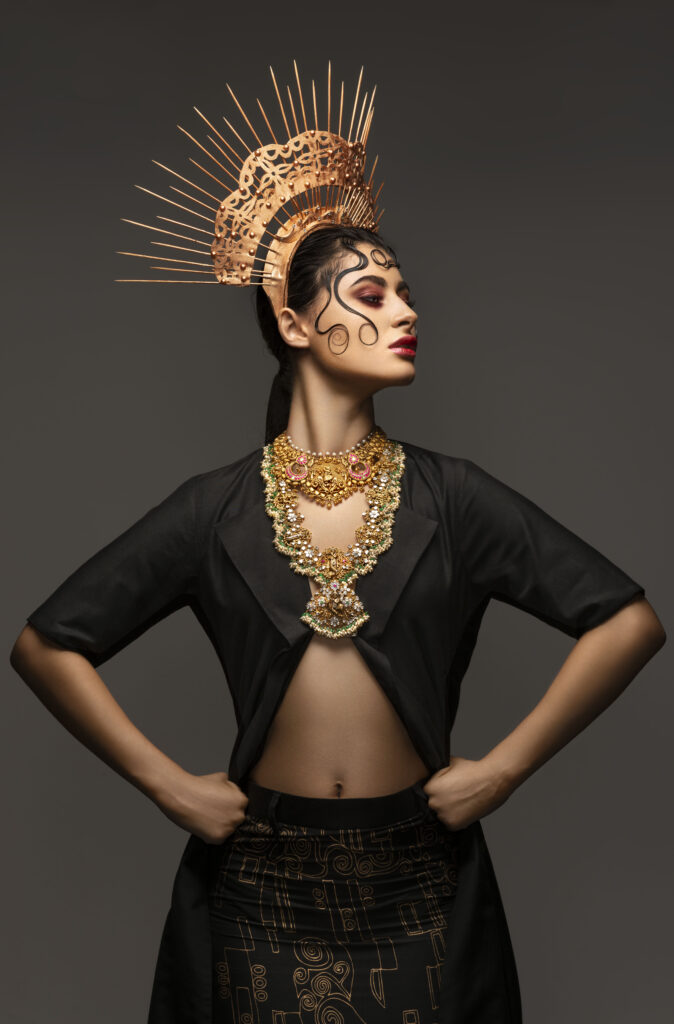
For those not inclined towards art, rare and antique jewellery is another attractive investment option, including artefacts, rare wines, autographs and other celebrity memorabilia.
While young Indians are keen on investing in artworks and collectables, the Indian audience has to evolve in terms of understanding the art and artefact ecosystem from an investment perspective.
However, the Indian audience is not mature, and they have only heard a few names like Van Gogh and Pablo Picasso,” says Ajay Sheth, chief mentor of Conferro Heritage. This firm curates Indian art and helps collectors collect art.
In recent years, rich Indians have been collecting art and growing those investments. A testimony to this is that Asian auctions during the spring series in 2021 collected US$496 million for Sotheby’s.
The need to invest in alternate assets
Rare collectables help investors diversify their portfolios. Not just that, they would be investing in appreciating assets unaffected by stock markets and fluctuating interest rates. The risk is not as high in the case of jewellery as it has its value. Also, the potential buyer ecosystem is separate from the mainstream. Potential for high returns exists if one picks up the right piece at the right price.

Incredible Returns
Avid art collectors like Piyush Nagda, a senior wealth manager, talk about artworks from Sri Lankan artist Senaka Senanayake and Seema Kohli, an Indian artist. “Apart from garnering 200% returns (over seven years), we could enjoy the investment as long as we held it,” says Nagda.
Artworks and jewellery are auctioned as a basket of products or a lot, which could contain an eclectic mix. For example, a painting by a famous artist would be clubbed with an accessory used by a celebrity, along with a few jewellery pieces owned and operated by stars. Acquiring individual components is not allowed.
This model often increases the threshold investment and the overall budget required to acquire a series of paintings. In India, jewellers also sell rare and antique jewellery exclusively.
“We have clients buying rare jewels: imported or Indian origin pieces, both sell. Authentic choices are still in short supply. Our ‘Estate Collection’, which comprises pre-independence pieces, carries a higher than intrinsic value due to its provenance, style and history,” says C. Vinod Hayagriv, Managing Director, C. Krishniah Chetty Group of Jewellers.
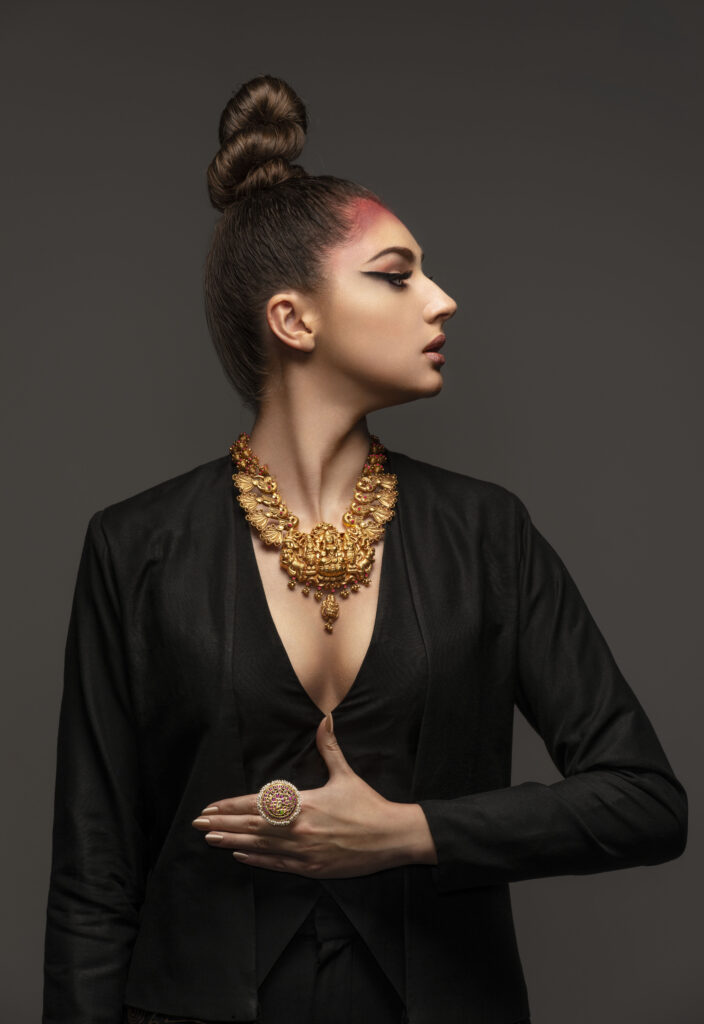
The Challenges in Purchasing Art
The process of buying and collecting artwork takes a lot of work. As a non-traditional form of investment, those in India must bid first, then remit funds abroad, and collect the artwork from an international port if assistance is unavailable from the auction house.
There is no category for art when one has to buy a piece. “When you file the remittance forms with banks, there is no classification for art, even though shares and property are mentioned as a category. Institutions and regulators need to take action to make it less cumbersome to own an art piece,” says an art collector from Noida.
Then comes the issue of customs. Customs clearance is quite daunting as customs officers are exposed to art purchases and need to be better equipped to assess the value of the imported product. There are cases where a painting has awaited clearance for months before being cleared.
Pick up in time or pay the penalty
Auction houses have strict timelines by which the buyer has to collect the painting and get it shipped to India. There could be additional charges if there is a delay. International auction houses also levy storage charges if the artwork is not collected in time ranging from 13-20% per annum, charged monthly. And then there are insurance costs. To be kept in mind is the fact that the RBI (Reserve Bank of India) has restrictions on remittance, and you could be questioned about the transactions or asked to submit additional documents.
Also to be considered is local transport if the piece arrives at a specific port and needs to be delivered to another part of India. Other mandatory charges are import duties, packing, insurance, shipping and handling and other incidental charges. Import charges (customs duty + IGST) are an additional 24%, and port clearance charges are extra. The assistance of a reputed clearing agent is required to clear the artwork or jewellery from the port. Companies like AstaGuru handle all modalities related to purchasing, shipment, customs, insurance and delivery.

Beware of Fakes
These investments are not available for public trading and hence unregulated by SEBI, RBI or any other body, even globally by most regulators. Also, considering the varied mix of items, authentication of the pieces is a considerable challenge leading to a slew of fakes in the market. There are fake factories, particularly for prized art. Considering these factors, buying or selling art and artefacts has to be done through a reputed house. These houses take care of authenticity. Experts suggest that the buyer must seek a guarantee that if the artwork is fake, then the dealer or auction house would reimburse the money to the investor, considering that the legal process is time-consuming.
Storage is Crucial
Acquiring a piece is the first part. Then comes the issue of storing and securing the asset. These works have to be handled and stored appropriately, and this is not limited to just transportation and delivery. Art has to be taken care of once it is delivered to its destination. Damage, moisture or fungi will affect its originality impacting its value. Art has to be stored in air-conditioned rooms. In coastal areas, collectors must install de-humidifiers to avoid damage to the precious art pieces.

In a Nutshell
In a nutshell, a burgeoning Indian economy, diverse job / professional profiles, disposable incomes, and exposure to newer options like steadily appreciating rates of Gold and other precious metals & gems are offering wealthier and younger Indians never before avenues for investment. Over time, these routes would be the new normal, perhaps attracting a more significant number of investors from the other economic strata making the overall ecosystem even more vibrant and exciting. At C. Krishniah Chetty Group of Jewellers, we have always been ahead of the curve regarding market trends and emerging prospects. We will adopt early to offer our customers the best options and opportunities, enabling them to realise their aspirations.

